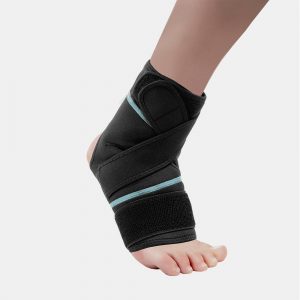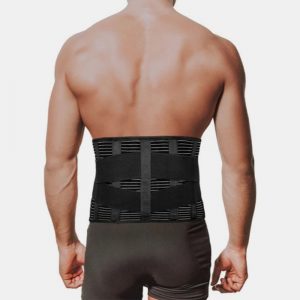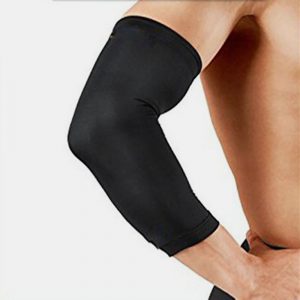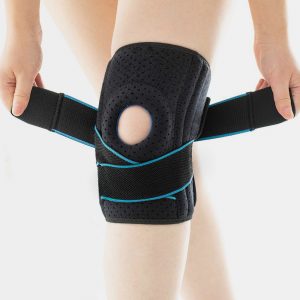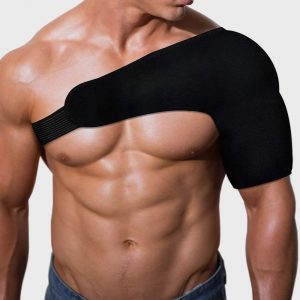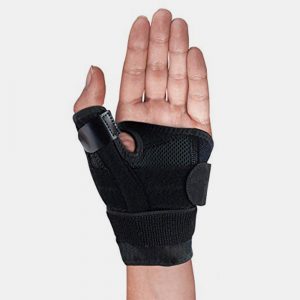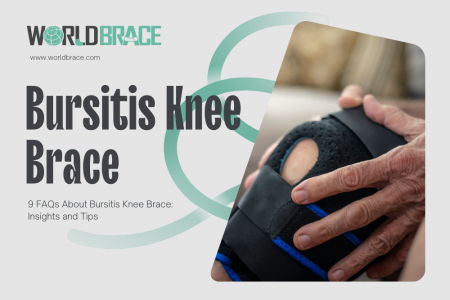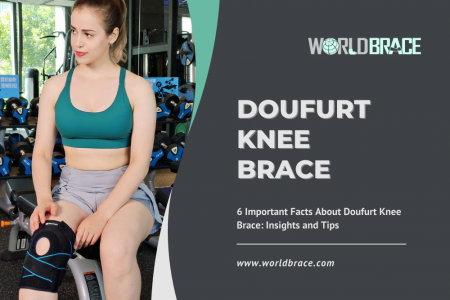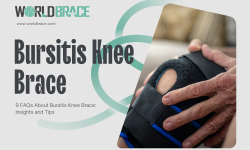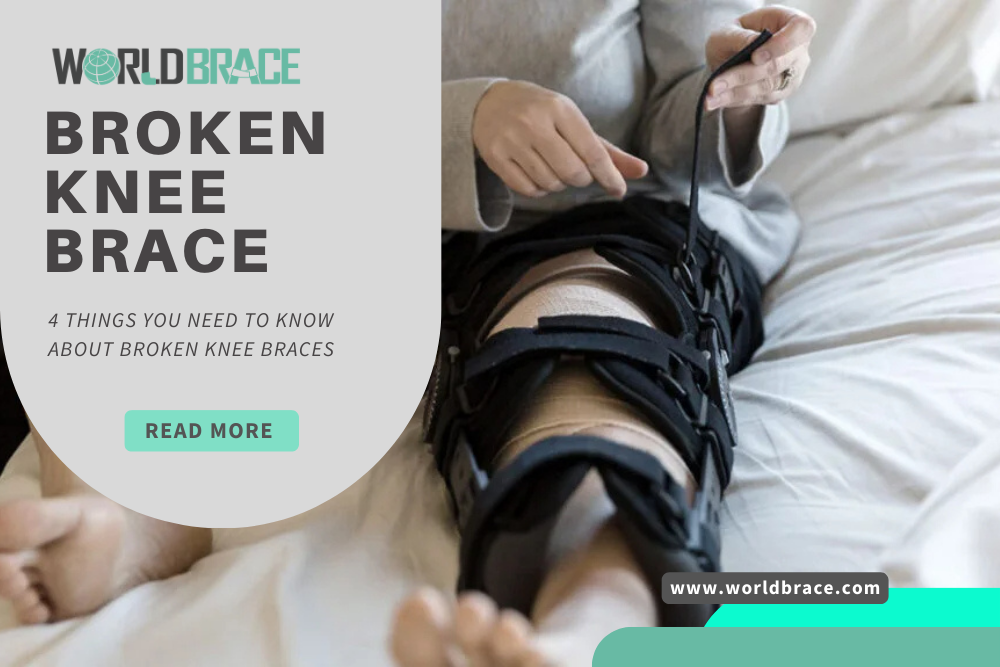
Understanding Broken Knee Braces
What Causes a Knee Brace to Break?
Knee braces are invaluable aids for those dealing with knee injuries or conditions. However, understanding why they break is crucial for their proper maintenance. The most common reason for a knee brace to break is wear and tear. Over time, the materials may degrade, and the brace can become less effective. Additionally, the way a brace is used can impact its lifespan. For instance, if you frequently over-tighten it or subject it to high-impact activities, it’s more likely to break.
In some cases, design flaws can also contribute to brace damage. Poorly designed braces may not withstand the forces they’re subjected to, leading to premature breakage. To prevent your knee brace from breaking, it’s essential to follow care instructions, avoid excessive strain, and consider investing in a high-quality brace.
How to Recognize a Broken Knee Brace?
Recognizing when your knee brace is damaged is vital for your safety and recovery. Signs of a broken brace can vary, but they often include visible cracks or tears in the brace material. You might also notice unusual sounds or sensations when you wear it. Even subtle issues, like loose straps or reduced support, can indicate a problem. If you experience discomfort or if the brace doesn’t fit snugly as it used to, it’s time to investigate further.
Early detection is crucial, as it can prevent further injury or complications. If you suspect your knee brace is damaged, consult a healthcare professional or orthopedic specialist for a thorough evaluation. They can provide expert guidance on whether the brace needs repair or replacement.
Preventive Measures for Durable Knee Braces
Taking proactive steps to maintain your knee brace can significantly extend its lifespan. To keep your brace in good condition, start with regular cleaning and inspection. Remove dirt, sweat, and debris to prevent material degradation. Ensure that straps, hinges, and other components are in good working order. Tighten any loose screws or fasteners as needed.
Additionally, consider investing in protective accessories, such as brace covers or sleeves, to shield your brace from external elements. Follow the manufacturer’s care instructions, which may include guidelines on proper storage and usage. Ultimately, proper care can go a long way in preventing brace breakage and ensuring your knee receives the support it needs.
Common Misconceptions About Broken Knee Braces
In the realm of knee braces, there are several misconceptions that can lead to confusion and misinformation. It’s essential to separate fact from fiction to make informed decisions about brace repair and maintenance. One common misconception is that a slightly damaged brace can be ignored. While minor issues might not seem urgent, they can escalate into more significant problems if left untreated. It’s crucial to address any concerns promptly to ensure the brace’s effectiveness.
Another misconception is that all knee braces are created equal, and their durability is the same across the board. In reality, the quality of knee braces can vary significantly. Higher-quality braces often last longer and offer better support. Understanding the differences between brace types and their respective lifespans can help you make a more informed choice when purchasing or replacing a brace.
DIY Repairs vs. Professional Assistance
When faced with a broken knee brace, you may wonder whether you should attempt a DIY repair or seek professional assistance. Both options have their pros and cons. DIY repairs can be cost-effective and convenient for minor issues, such as loose straps or minor tears. However, it’s crucial to have the necessary skills and tools to perform these repairs safely and effectively.
For more complex or structural problems, consulting a professional is often the best choice. Orthopedic specialists or brace manufacturers have the expertise and equipment to diagnose and fix issues correctly. Attempting a DIY repair on a significant brace problem can worsen the damage or compromise your safety.
Before deciding, assess the extent of the damage and your own abilities. When in doubt, it’s advisable to consult a healthcare professional or contact the manufacturer for guidance on the most appropriate course of action.
Coping with a Broken Knee Brace
Navigating Life with a Broken Knee Brace
Living with a broken knee brace can be challenging, but with the right strategies, you can maintain your daily activities and mobility. To adapt your lifestyle while wearing a damaged brace, consider making modifications to your daily routine. Pay attention to your body’s signals and adjust your movements accordingly to minimize discomfort. Maintaining proper posture can also alleviate strain on your knee.
Safety is paramount when wearing a broken brace. Be cautious during physical activities, and avoid pushing your limits. Consult your healthcare provider for guidelines on safe movement and exercises tailored to your condition. By staying informed and making necessary adjustments, you can continue to lead a fulfilling life even with a damaged brace.
Seeking Medical Guidance for Your Brace
Regular consultations with a healthcare professional are crucial when dealing with a broken knee brace. These visits help ensure that your knee’s condition is monitored closely and that any necessary adjustments or replacements are made promptly. Orthopedic specialists can provide valuable insights into brace management, including assessing the brace’s effectiveness and suggesting modifications if needed.
Physical therapy can play a significant role in managing a broken knee brace. Your healthcare provider may recommend specific exercises and rehabilitation techniques to improve your knee’s strength and stability. Following their guidance can enhance your recovery process and minimize the impact of the brace’s damage.
Exploring Replacement Options
If your knee brace is beyond repair or no longer effective, it’s essential to explore replacement options. Knowing when to replace a broken knee brace is crucial for your safety and well-being. Consult your healthcare provider to determine the best time for replacement, taking into consideration your medical condition and the brace’s condition.
When considering a replacement, research the latest knee brace technologies and features. Advances in design and materials have led to more comfortable and effective braces. Pay attention to sizing and fit, as a well-fitted brace is essential for proper support. Seek recommendations from your healthcare provider or orthopedic specialist to ensure you choose a brace that aligns with your specific needs and goals.
Coping Strategies for Knee Brace Users
Dealing with a broken knee brace can be emotionally challenging, as it may disrupt your daily routine and expectations for recovery. To navigate this situation effectively, consider adopting coping strategies. One key strategy is maintaining a positive mindset. Staying optimistic and focused on your rehabilitation goals can help you overcome the challenges associated with a damaged brace. Surrounding yourself with a support network of friends, family, or fellow brace users can provide emotional encouragement and shared experiences.
Psychological tips for managing brace-related stress include mindfulness and relaxation techniques. Practicing mindfulness can help you remain present and reduce anxiety about the brace’s condition. Engaging in relaxation exercises, such as deep breathing or progressive muscle relaxation, can also alleviate tension and promote overall well-being.
Long-Term Planning with a Broken Knee Brace
Understanding how a broken knee brace may affect your long-term recovery is essential for setting realistic goals and expectations. While a damaged brace may temporarily slow down your progress, it’s crucial not to lose sight of your rehabilitation objectives. Consult your healthcare provider or physical therapist for guidance on adjusting your treatment plan to accommodate the brace’s limitations.
Setting achievable goals is key to staying committed to your knee health journey. Work with your healthcare team to establish milestones and track your progress. These goals should consider the brace’s condition and your current physical abilities. By breaking down your rehabilitation into manageable steps, you can maintain motivation and measure your success along the way.
Conclusion
In conclusion, coping with a broken knee brace requires a combination of practical adjustments, professional guidance, and a positive mindset. By following these strategies and seeking assistance as needed, you can continue to progress in your recovery journey and ensure your knee receives the support it requires.
WorldBrace is a trustworthy partner renowned for its dedication to quality and innovation. The secret to a more pleasant and mobile life is selecting the appropriate knee brace, particularly from a reliable supplier like WorldBrace. Choose wisely and feel the difference with a superior knee brace from WorldBrace.

